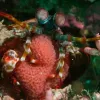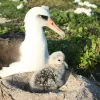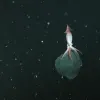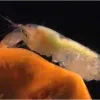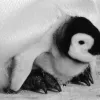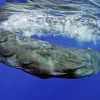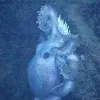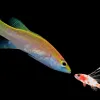Celebrating Marine Moms
The ocean is home to many moms of all shapes and sizes: from charismatic polar bears and dolphins to small fishes and shrimps and more. Learn about some of the diverse parenting habits of marine moms to ensure that at least some of their offspring survive to adulthood.
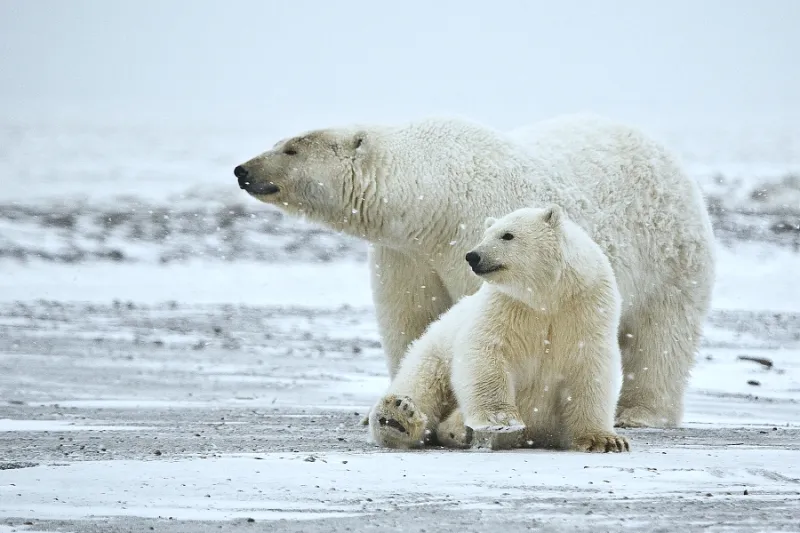
Polar Bear Mother and Cub
Credit: Alan D. Wilson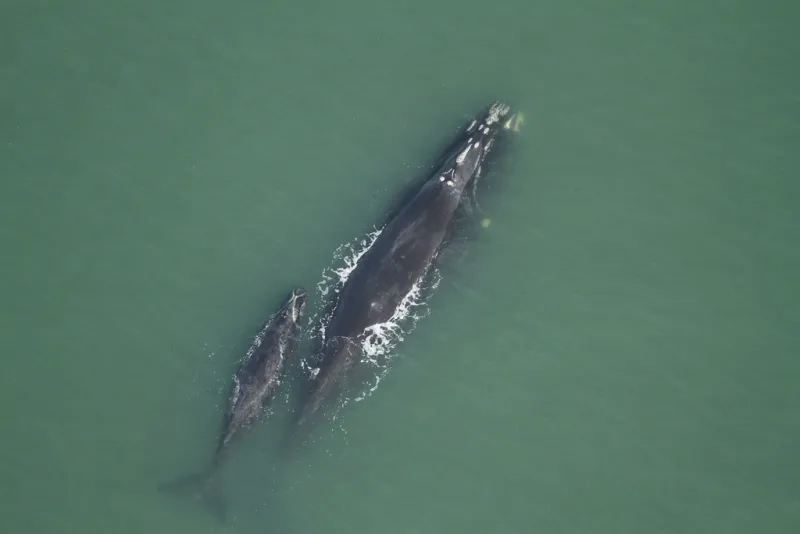
Phoenix is a New Mom
Credit: Florida Fish and Wildlife Conservation Commission, NOAA Research Permit #15488Phoenix, the North Atlantic right whale whose replica hangs in the National Museum of Natural History, celebrates her 18th mother's day this year. She had her first baby in 1996 at age nine and has had many more through the years. Some whale moms will breed their entire lives while others stop early. Learn more about this mammalian menopausal mystery.

Mantis Shrimp Mom Clutches Her Clutch
Credit: Flickr user Graham Busby, "buzzthediver"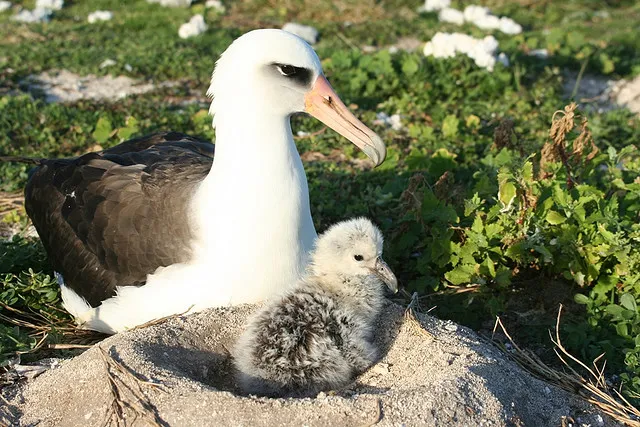
Albatross with Her Chick
Credit: Kevin Rolle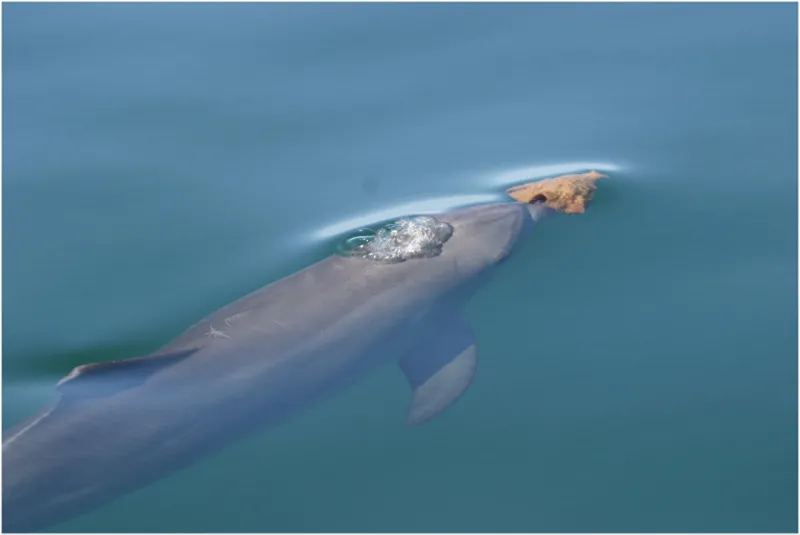
Dolphin Moms Teach Their Daughters
Credit: Ewa Krzyszczyk, Public Library of Science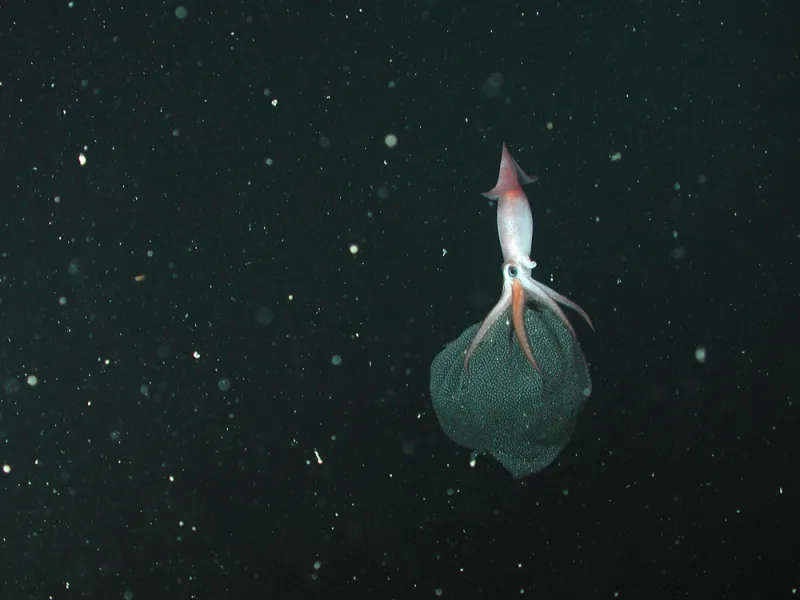
Squid Watching Over Eggs
Credit: © 2002 MBARIAll squid species have long been thought to lay their egg clusters on the sea floor and move on. Then in 2005, scientists from the Monterey Bay Aquarium Research Institute (MBARI) observed a deep-sea squid species (Gonatus onyx) that keeps close watch over her eggs. Suspended from the squid's arms by hooks, the female squid carries her brood of roughly 3,000 eggs with her to keep them safe at depths of 5,000 to 7,000 feet (1,500 to 2,500 meters). She uses her tentacles to push water through the egg cases, providing them with oxygen.

It’s Good To Be Queen
Credit: Emmet Duffy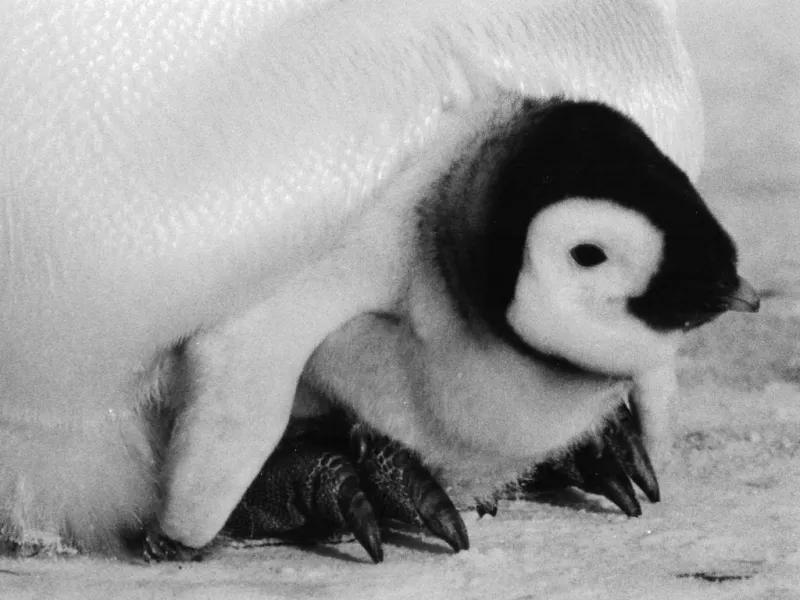
Emperor Penguin Mom Keeps Her Chick Warm
Credit: Mtpaley via Wikimedia Commons
A Mouthful of Eggs
Credit: Flickr user Klaus Stiefel (PacificKlaus)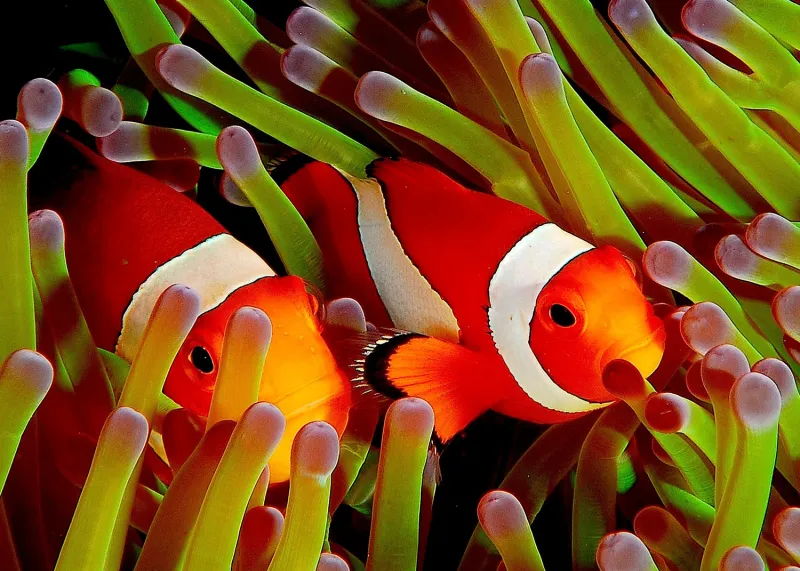
Queen of the Anemone
Credit: Flickr user Jenny Huang (JennyHuang)/EOL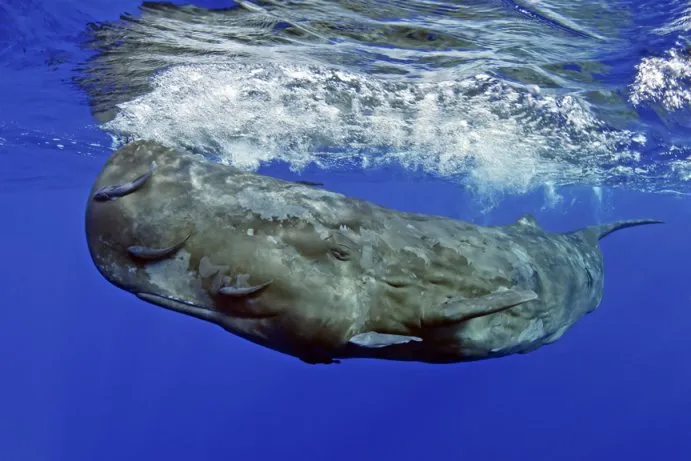
Marine Mammals Need Babysitters Too!
Credit: Peter G. Allinson, M.D., Kingsville, Maryland, USA critidoc@comcast.net
Vigilant Octomom
Credit: © 2007 MBARITalk about an investment! This octopus mom protected her brood of about 160 eggs for 4.5 years for the longest ever recorded brooding time of any animal. She was first observed by scientists from the Monterey Bay Aquarium Research Institute (MBARI) when they did a routine survey of deep-sea animals off the California coast in May 2007. Each time the scientists surveyed the site over the next four and a half years (a total of 18 times), they observed the same female octopus sitting over her brood. They were able to determine it was the same octopus due to her distinctive scarring, and they measured the eggs to ensure they were also the same. The extremely long brooding time, during which the mom never leaves the eggs (even to eat), helps to ensure that the young octopuses get enough oxygen and aren't eaten by predators.

Are You My Mommy?
Credit: Images from Barry Brown, Substation Curacao and Cedric Guigand, University of MiamiHuman infants often already resemble their parents. Visitors coo, "Oh, she has your eyes," or "He is the spitting image of his father." But what if the infant (or in this case, the larva) looked entirely different from its adult parents, with different body shape and coloring? This is the case for many marine species, especially fishes, making it difficult to match up a larva with it's corresponding adult. Most marine fish larvae tend to live in surface or near-surface waters, while adult fish inhabit largely different environments. The different habitats require two different body shapes, leading to larvae that look very different from their adult counterparts.
Smithsonian scientists matched the larvae (on the right) with the adult sea bass (on the left) by using DNA barcoding after finding the larvae in waters off of Florida.




